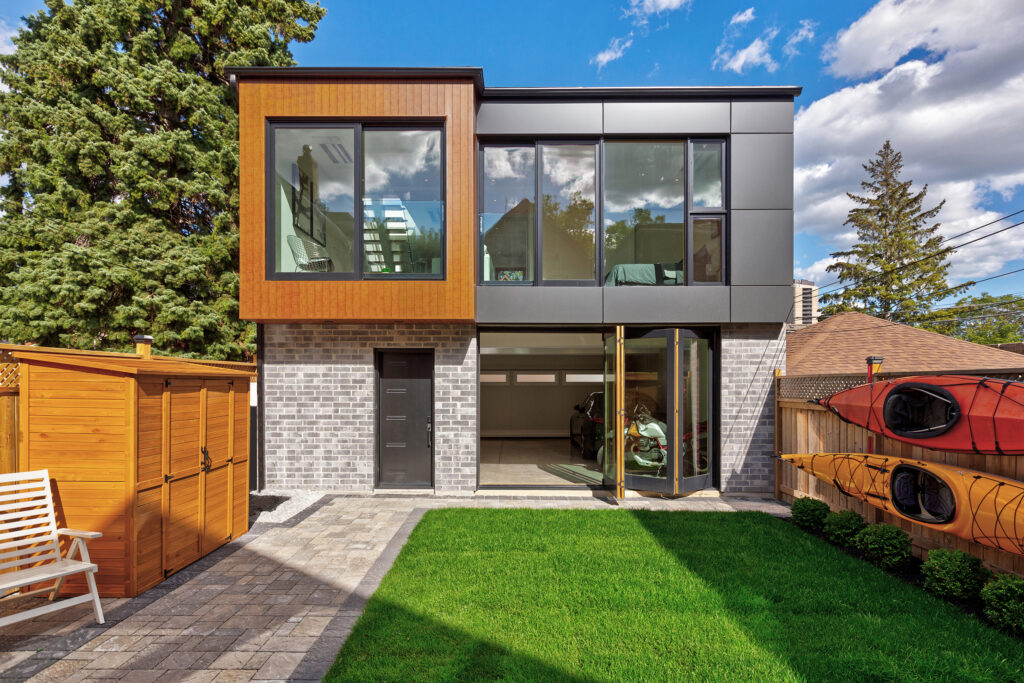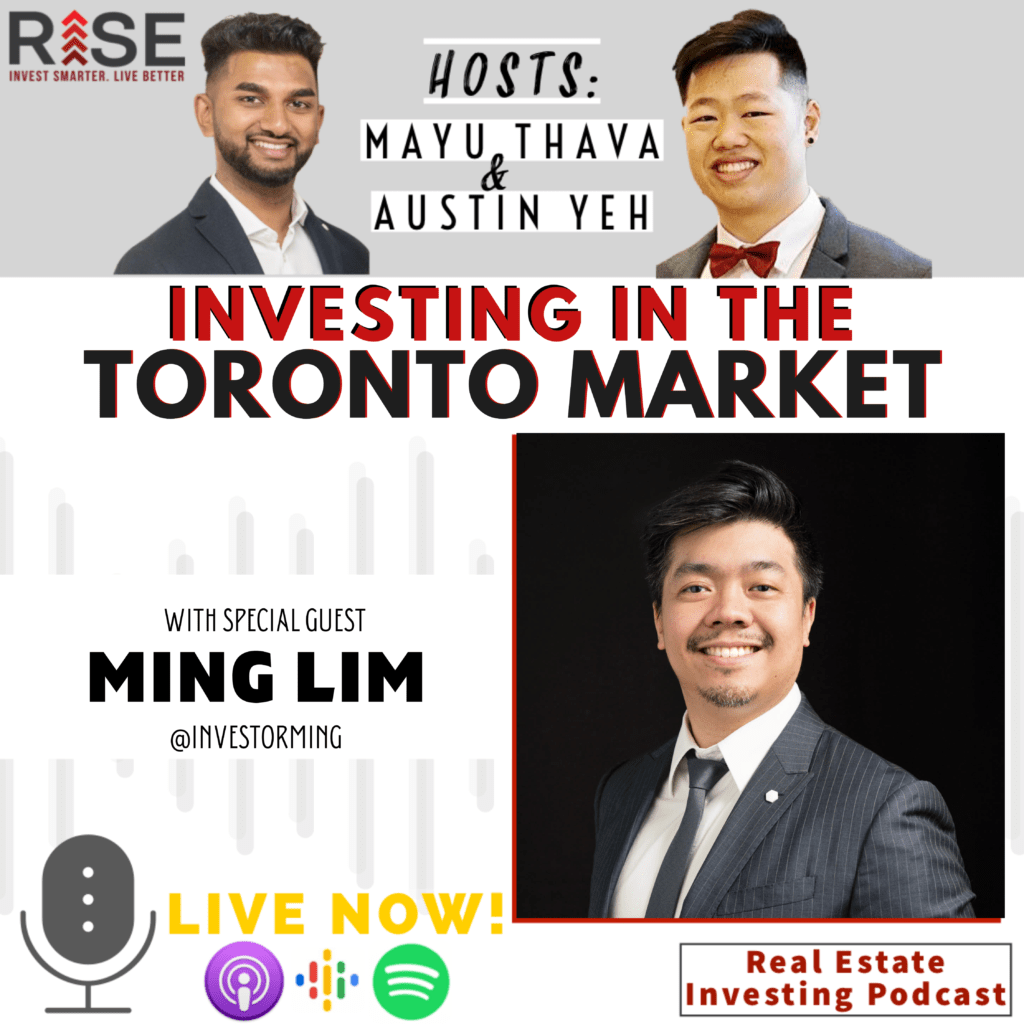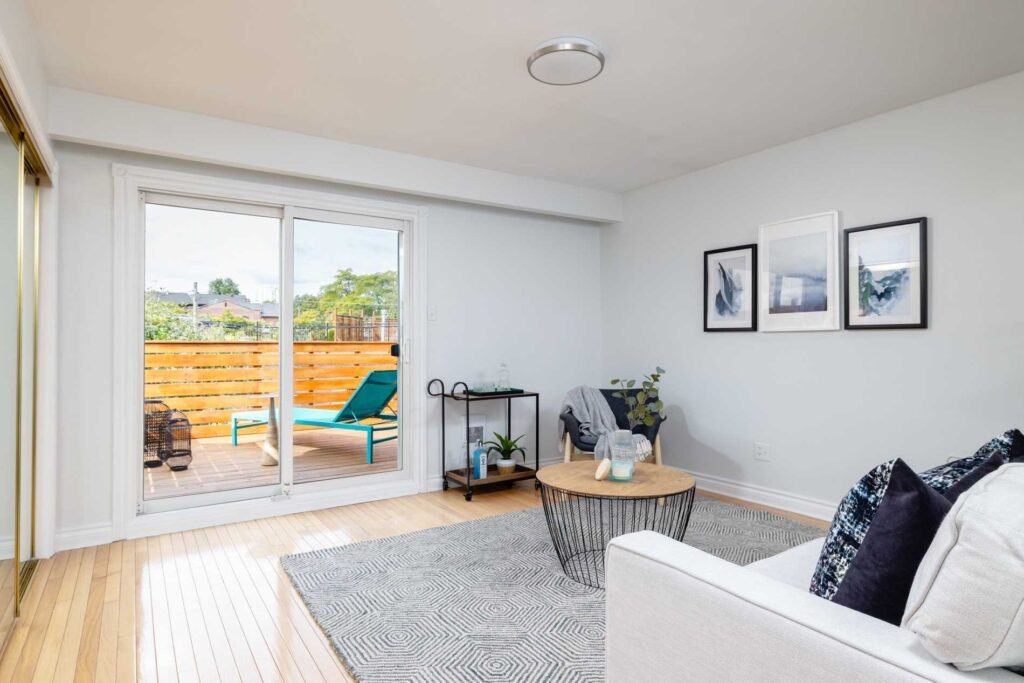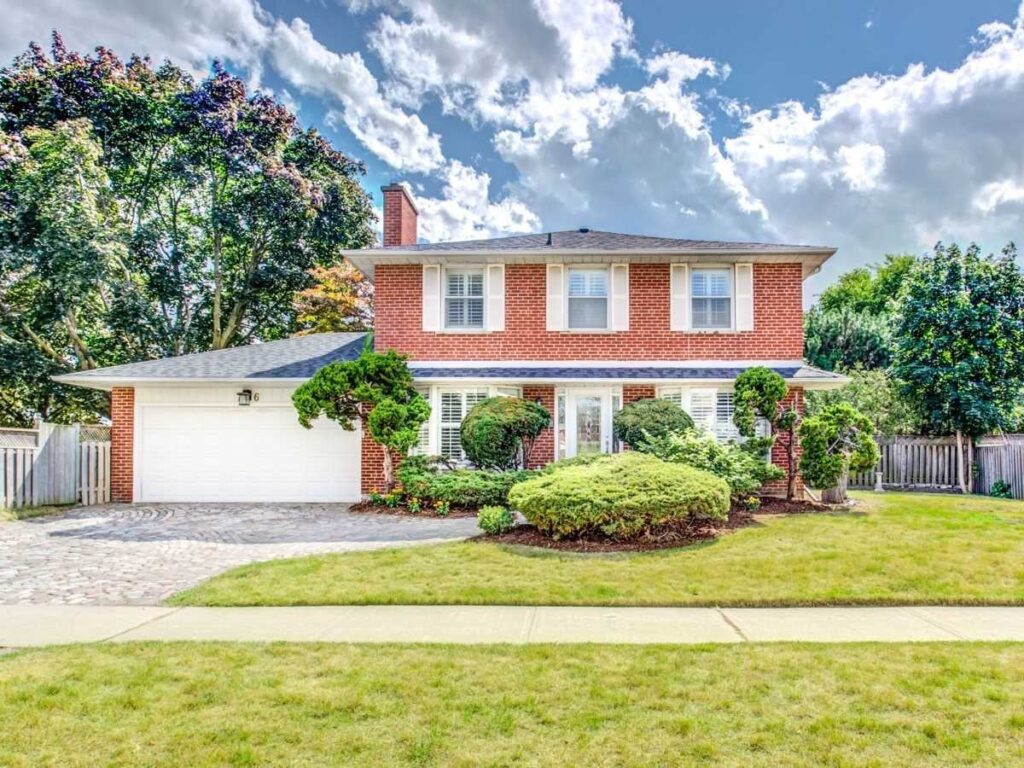Expert Tips That Will Help You Become a Homeowner Before 40

Expert Tips That Will Help You Become a Homeowner Before 40 Accelerate your journey to homeownership. Volition was featured on HGTV.ca to share our top tips for becoming a homeowner before 40 – you can check it out here. As usual, we have more to say. Read on for the extended version! We are going…Read More→
Getting your Maximum Mortgage Qualification

Getting your Maximum Mortgage Qualification You need to be as strategic about your mortgage as your real estate. Here’s how. To grow your real estate portfolio, you need to be able to qualify for as much financing as possible. To get your maximum mortgage qualification, you need to work with an investor-focussed Mortgage Broker. Most…Read More→
10 Things You Should Know About Building Your Own Laneway Suite

10 Things You Should Know About Building Your Own Laneway Suite Volition was featured on HGTV.ca to share top tips for building a laneway suite – you can check it out here. In true Volition fashion, the original was WAY over the max character count, so we’ve posted it below. Read on for the FULL…Read More→
How To Get The Highest Appraisal Value

How To Get The Highest Appraisal Value Doing just 10% more will make all the difference. Appraisals are possibly one of the most important aspects of real estate investing, particularly when trying to scale or grow your portfolio using the Volition “Multiplier Effect”. They don’t happen often, but when they do, It’s critical that you…Read More→
Danforth Project: Pre-Reno Walkthrough

Welcome to Volition’s new blog series on construction projects! I’m Florence (but everybody calls me Flo), the Strategic Initiatives Manager at Volition. I started attending Volition meetups in 2016, and the education and community here enabled me to grow my portfolio from a one-bedroom condo in 2013 to eight doors including legal triplexes in Trinity-Bellwoods…Read More→
RISE Podcast: Investing in the Toronto Market with Ming Lim

Volition’s very own Ming Lim was featured on the RISE Real Estate Investing Podcast! Ming is a passionate educator with 20 years of real estate investment experience in Toronto, the GTA, and Southwestern Ontario. He purchased his first investment property in 2001 and has been hooked ever since! Ming is both the Head of Advisory…Read More→
Purchased: Turnkey Toronto Investment Property

Congratulations to our client on their first investment property! Here are three reasons why this property is a great investment: Location, location, location – mere steps to the subway. Outdoor space – especially important during COVID, this sets the units apart from other rentals on the market. Three separate turnkey units – ready, set, rent!…Read More→
Why You Should Use an Investor-Focused Realtor, Even for Your Primary Residence

We may be biased, but we believe investor agents make the best “normal” agents. Here are some questions we can help you answer when you make what is likely THE BIGGEST PURCHASE OF YOUR LIFE! Does this property hold to long term appreciation fundamentals? Does it require construction? How much are those things going to…Read More→
Investing in Toronto Preconstruction Condos 101

Investing in Toronto Preconstruction Condos 101. What should I invest in? Houses vs. Resale Condos vs. Preconstruction Condos. Preconstruction condos have their place in real estate investing. If you’ve worked with the Volition team, or if you’ve attended our meetups, you’ll know that we preach that freehold (i.e. land) is generally the best investment. But…Read More→
Capital Gains for Investment Properties

Capital Gains Simply put, capital gains occur when a property is sold for more than what it was purchased for. A property that was purchased for $1M and sold for $1.2M will have $200k capital gains. Only 50% of the capital gains is subject to tax, meaning only $100k is taxable. This amount will be…Read More→


